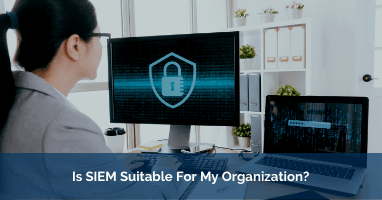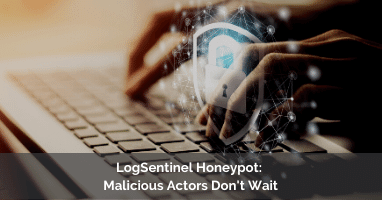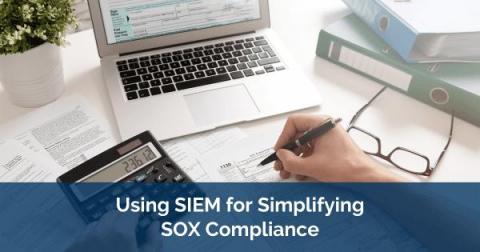Is SIEM Suitable For My Organization?
Many people, when reviewing their security strategy, ask the question “is SIEM suitable for my organization”, or simply “is SIEM right for me?” And for a long time, the answer was “no unless you are a large multinational”. The price, the complexity and the hard-to-get value made SIEM a category suitable only for the big corporations with large security teams and budgets.











